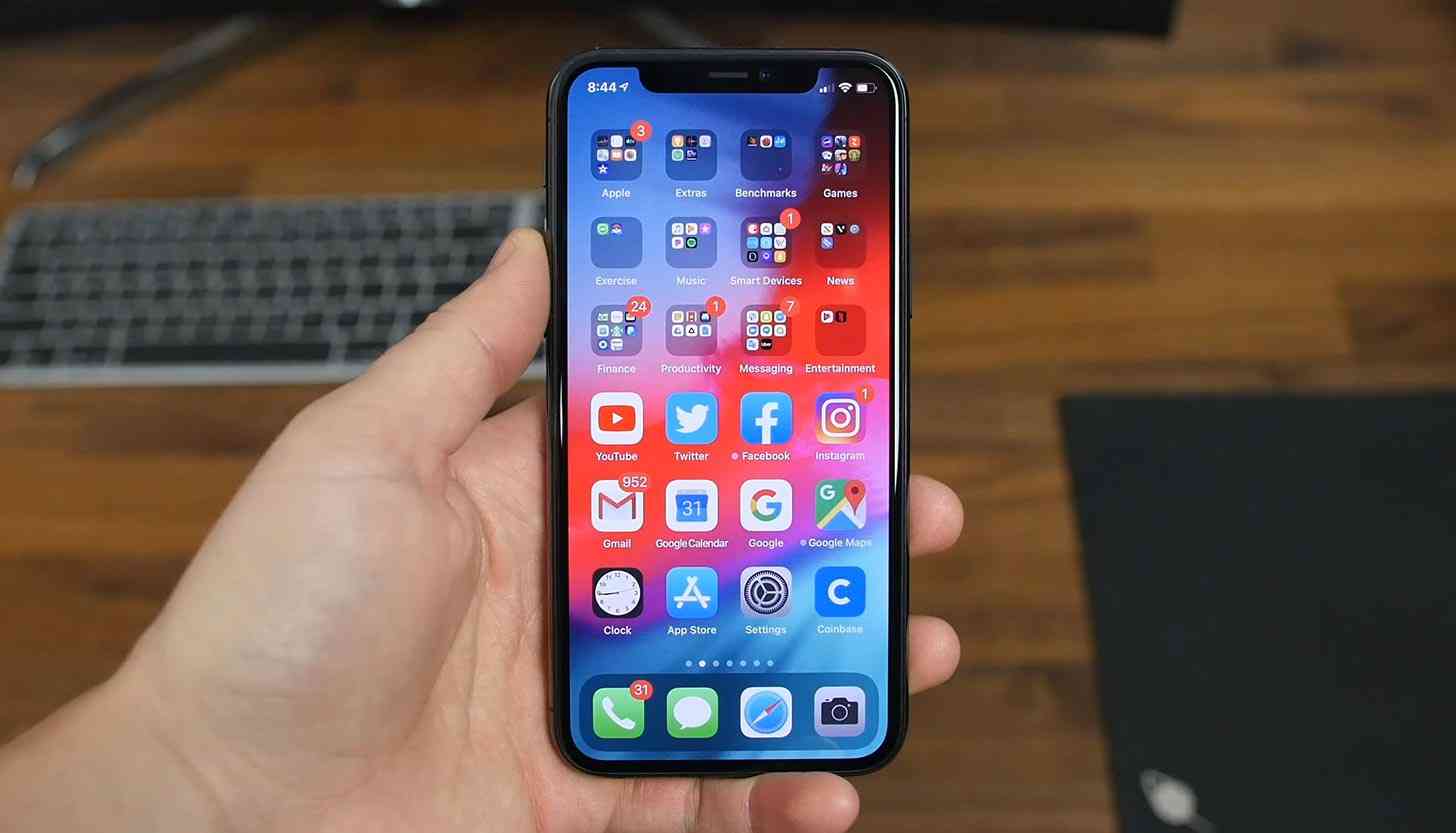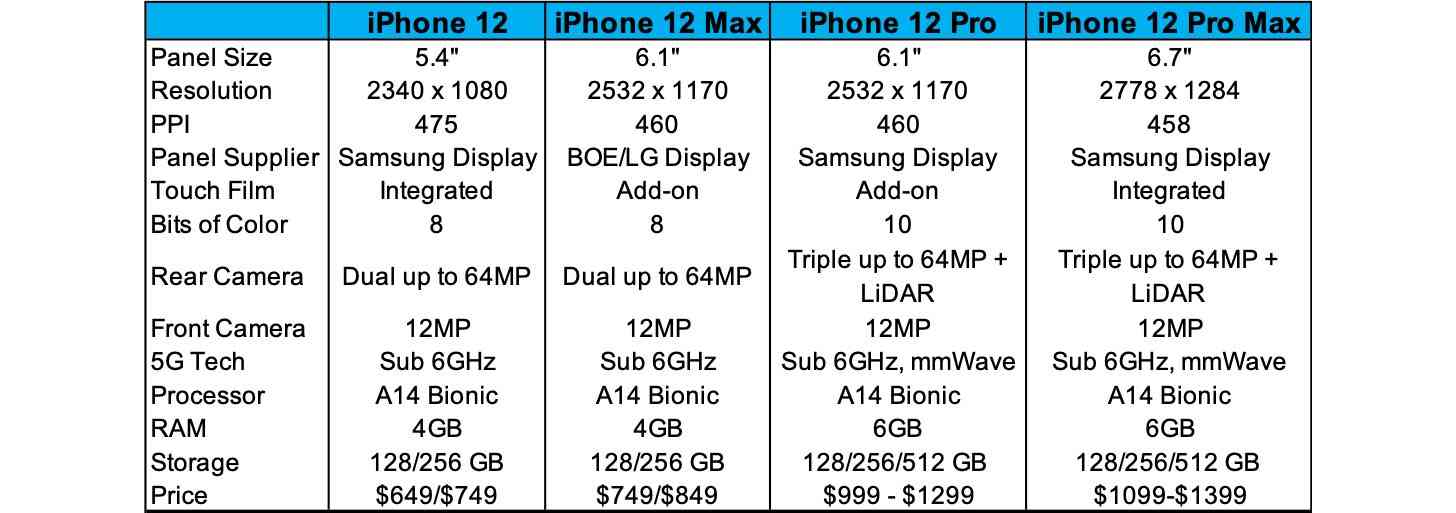
There's been a lot of attention paid to the displays of the 2020 iPhone models, with rumors saying Apple will launch four different iPhones with three different screen sizes. Now a new report aims to explain how the four screens will be different.
First up, the iPhone 12 will reportedly have a 5.4-inch 2340x1080 flexible OLED screen from Samsung Display. That's according to Ross Young and Display Supply Chain Consultants, who has been the source of several recent Samsung Galaxy leaks.
Young and DSCC believe that the iPhone 12 will feature Y-OCTA tech, which is when the touch sensor is put directly onto the OLED panel rather than using a separate touch layer, which helps makes the whole thing thinner.
Next is the 6.1-inch iPhone 12, which today's report refers to as the "iPhone 12 Max". It's said to have a 6.1-inch 2532x1170 flexible OLED screen from BOE and LG Display with an add-on touch sensor rather than Y-OCTA.
The iPhone 12 Pro is expected to have a 6.1-inch 2532x1170 screen, too, but its flexible OLED will reportedly come from Samsung Display. It is said to lack Y-OCTA but could be one of the first phones with 10 bits of color, giving it more range and more vibrant colors.
Today's report also claims that the iPhone 12 Pro could offer extreme dynamic range (XDR). This is defined by Apple as having 1000 nits of full screen brightness, 1600 nits of peak brightness, 1 million:1 contrast, 10 bits of color, and 100% P3 wide color gamut. However, so far Samsung Display has only gotten to 1342 nits of peak brightness and 828 nits of full screen brightness on phones, so Apple may have to compromise a bit here.
The iPhone 12 Pro will reportedly support 120Hz refresh rate but without LTPO technology. This means 120Hz may be limited to non-native resolutions or will be a larger power drain.
Finally, the top-end iPhone 12 Pro Max is rumored to have a 6.7-inch 2778x1284 flexible OLED screen from Samsung Display. It's said to have nearly all the bells and whistles, including Y-OCTA, 10 bits of color, and XDR support. Support for 120Hz refresh rate is expected, too, but without LTPO just like the smaller iPhone 12 Pro.
Today's report estimates that production for these display panels will begin 6 weeks late. That means rather than beginning in early June it may start at the end of July, which could push the iPhone 12 launch from September to October. This isn't the first time that we've heard rumors of a slightly later than normal iPhone launch this year: A report last month suggested that the release could happen a month later than normal, which would put the iPhone 12 launch in October.
